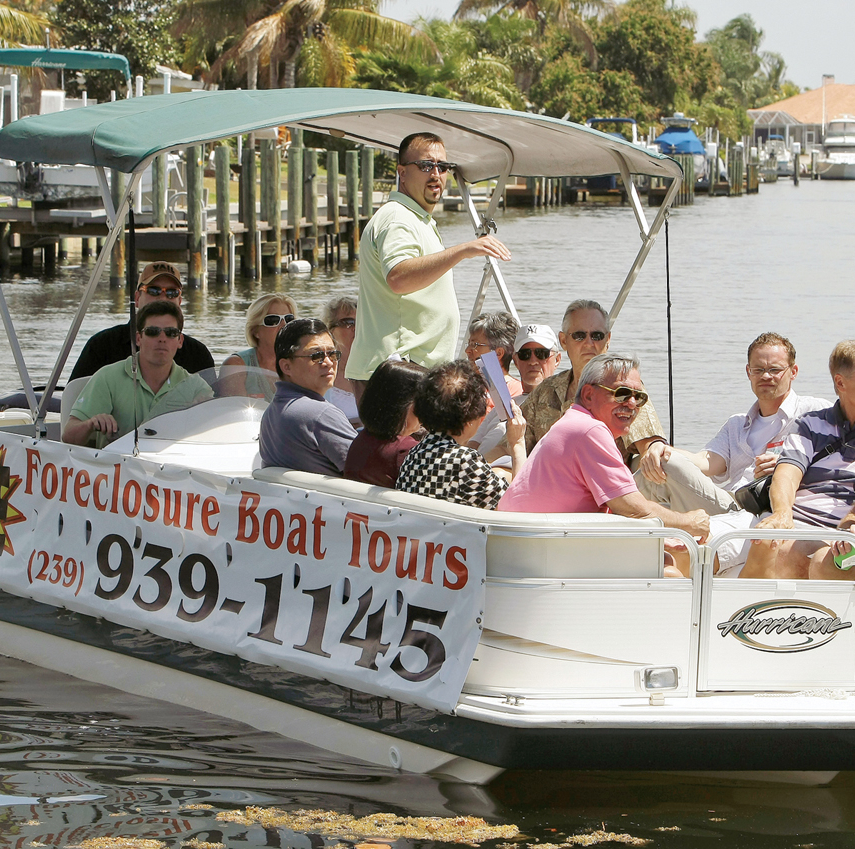Income and Expenditure

Income and Expenditure
SECTION19
- Module 60: The Multiplier
- Module 61: Consumption and Investment Spending
- Module 62: The Income–
Expenditure Model

FROM BOOM TO BUST
Ft. Myers, Florida, was a boom town from 2003 to 2005. Jobs were plentiful: the unemployment rate in the Ft. Myers–
But then the boom went bust. Jobs became scarce, and by the middle of 2010, the unemployment rate was above 13%. Stores had few customers, and many were closing. One new business was flourishing, however. As the local economy plunged, real estate agents began offering “foreclosure tours”: visits to homes that had been seized by banks after the owners were unable to make mortgage payments—
What happened? Ft. Myers boomed because of a surge in home construction, fueled in part by speculators who bought houses not to live in, but to resell at much higher prices. Home construction gave jobs to construction workers, electricians, roofers, real estate agents, and others. These workers, in turn, spent money locally, creating jobs for waiters, gardeners, pool cleaners, sales people, and more. These workers, in turn, also spent money locally, creating further expansion, and so on.
The boom turned into a bust when home construction suddenly came to a virtual halt. It turned out that speculation had been feeding on itself: people were buying houses as investments, then selling them to others who were also buying houses as investments, and prices had risen to levels far beyond what people who actually wanted to live in houses were willing to pay.
The local economy then collapsed, as the process that had created the earlier boom operated in reverse. The jobs created by home construction went away, leading to a fall in local spending, leading to a loss of other local jobs, leading to further declines in spending, and so on.
The boom and bust in Ft. Myers illustrates, on a small scale, the way booms and busts happen for the economy as a whole. The business cycle is often driven by ups or downs in investment spending—
In this section we’ll study how this process works, showing how multiplier analysis helps us understand the business cycle.